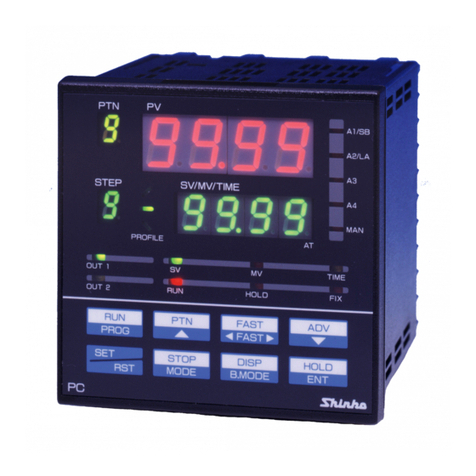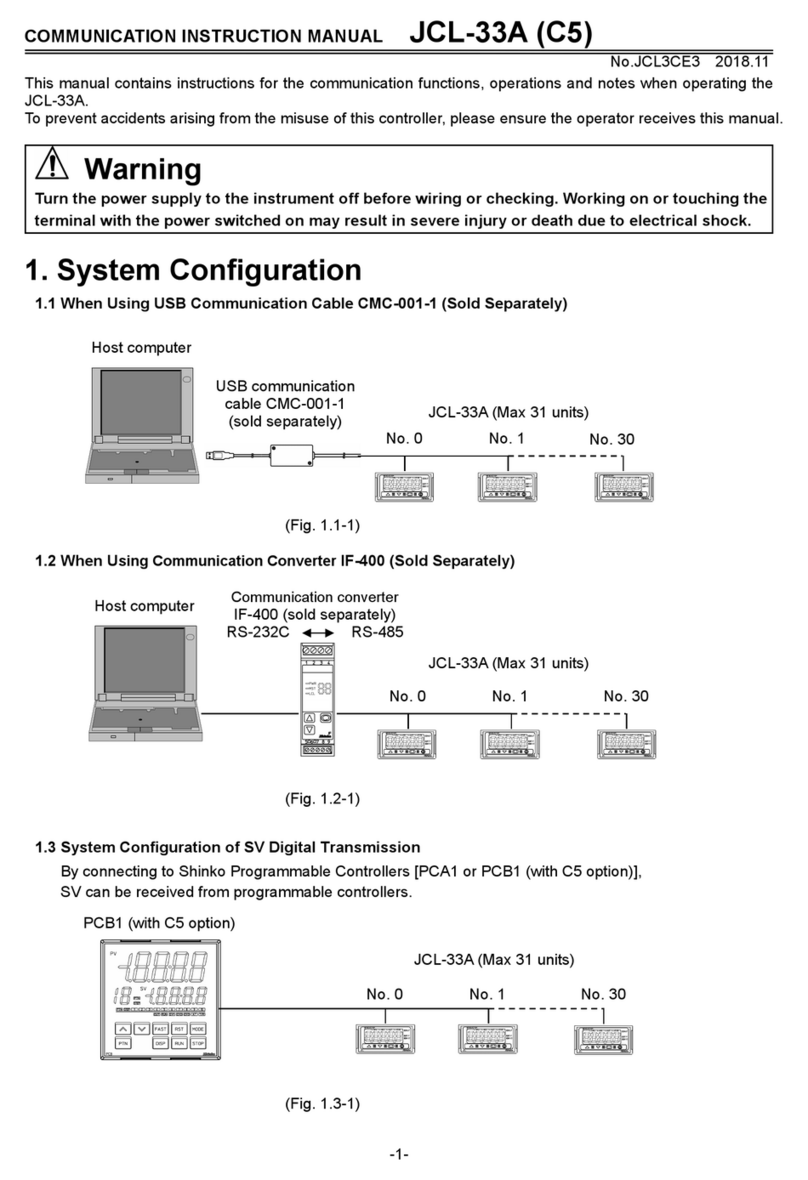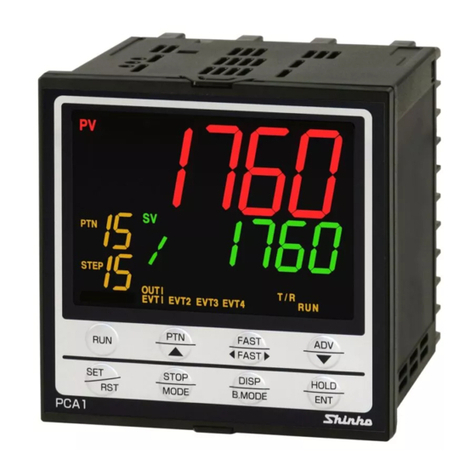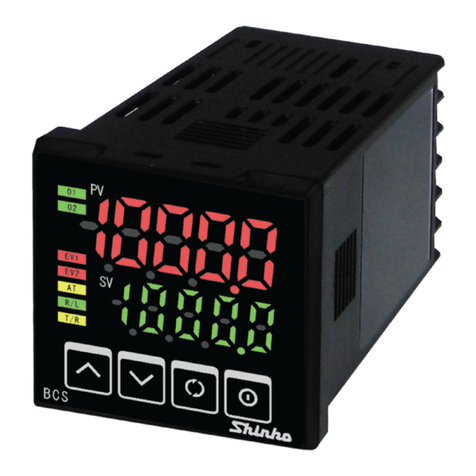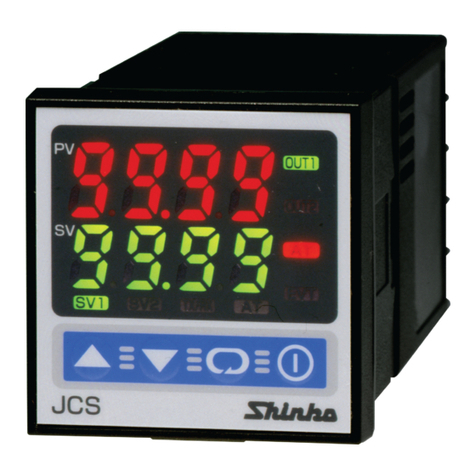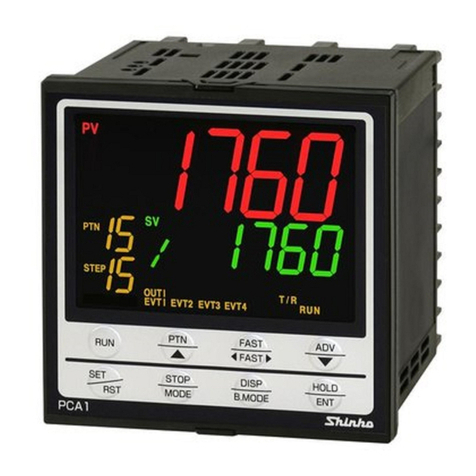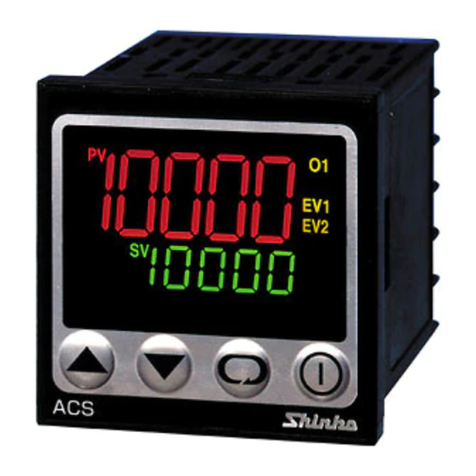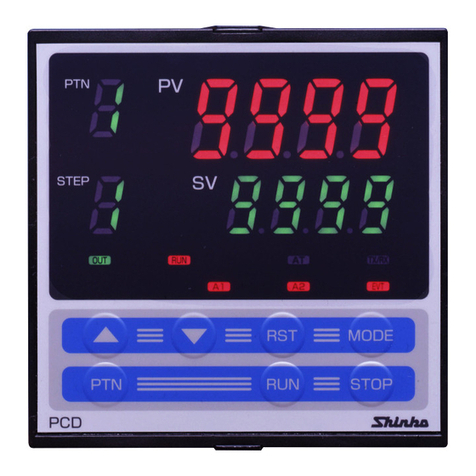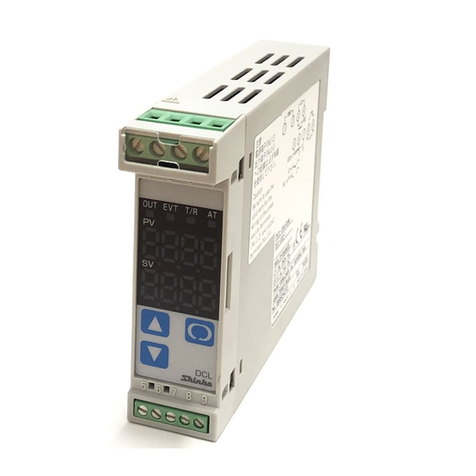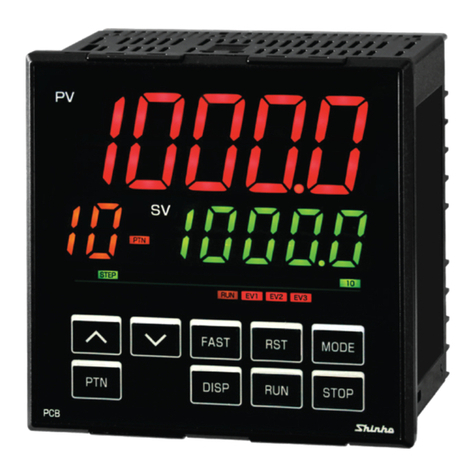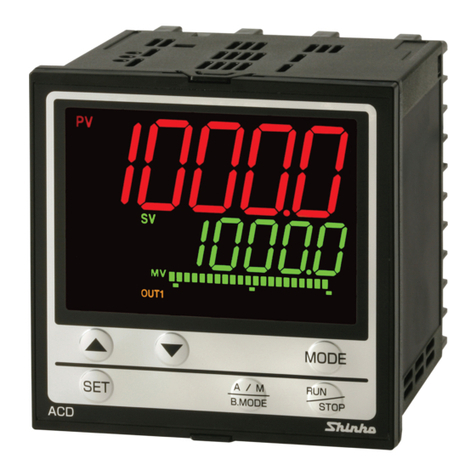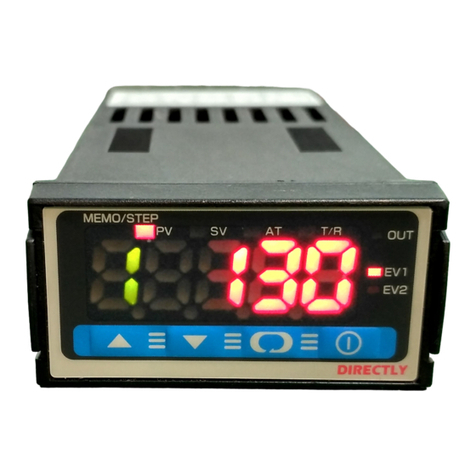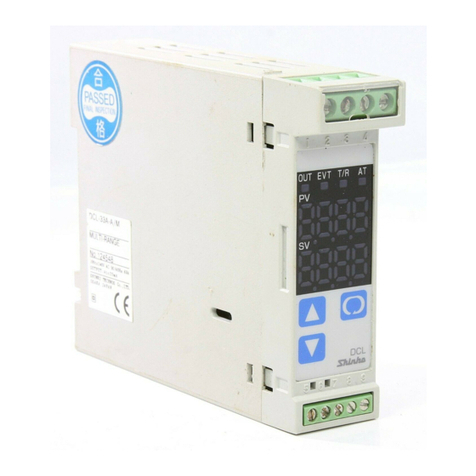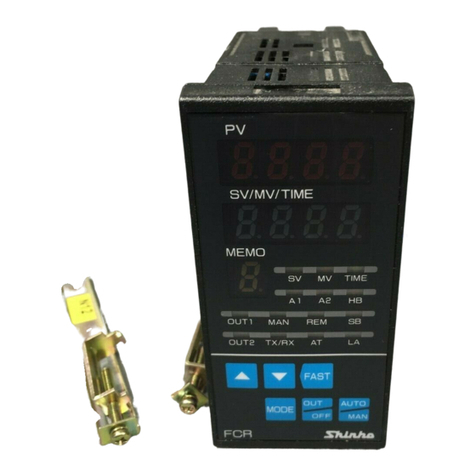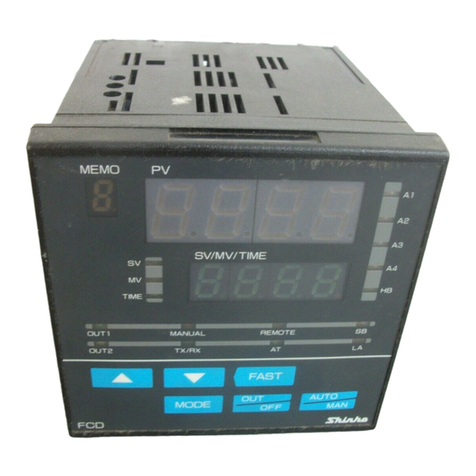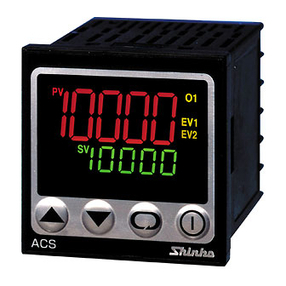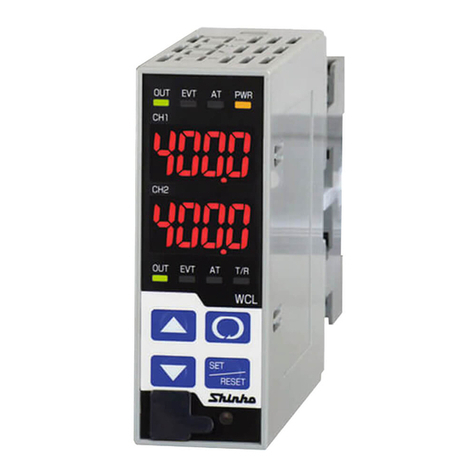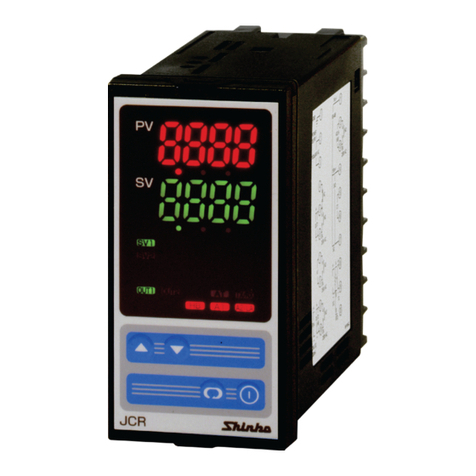4
Contents
1. Model..................................................................................................................................................... 5
1.1 Model ............................................................................................................................................ 5
1.2 How to Read the Model Label ...................................................................................................... 5
2. Name and Functions of Controller ........................................................................................................ 6
3. Mounting to the Control Panel............................................................................................................... 7
3.1 Site Selection ................................................................................................................................. 7
3.2 External Dimensions (Scale: mm) ................................................................................................. 7
3.3 CT (Current transformer) External Dimensions (Scale: mm) ........................................................ 7
3.4 Mounting to and Removal from the DIN Rail................................................................................. 8
4. Wiring .................................................................................................................................................... 9
4.1 Terminal Arrangement................................................................................................................... 10
4.2 Heater Burnout Alarm Output (W option) ...................................................................................... 10
5. Setup ..................................................................................................................................................... 11
5.1 Main Setting Mode......................................................................................................................... 12
5.2 Sub Setting Mode .......................................................................................................................... 12
5.3 Auxiliary Function Setting Mode 1................................................................................................. 14
5.4 Auxiliary Function Setting Mode 2................................................................................................. 15
5.5 Auxiliary Function Setting Mode 3................................................................................................. 19
5.6 Output MV (manipulated variable) Indication................................................................................ 26
6. Simplified Converter Function............................................................................................................... 27
6.1 Fine Adjustment of Converter Output (4 to 20 mA DC) ................................................................ 28
6.2 Converter Setting Example ........................................................................................................... 29
7. Operation............................................................................................................................................... 30
8. Action Explanations.............................................................................................................................. 31
8.1 OUT1 Action.................................................................................................................................. 31
8.2 OUT1 ON/OFF Control Action ...................................................................................................... 31
8.3 Heater Burnout Alarm Action ........................................................................................................ 32
8.4 Alarm Action.................................................................................................................................. 32
8.5 OUT2 (Heating/Cooling Control) Action........................................................................................ 34
8.6 OUT2 (Heating/Cooling Control) Action (When Setting Overlap Band) ..................................... 35
8.7 OUT2 (Heating/Cooling Control) Action (When Setting Dead Band) ......................................... 36
9. AT (Auto-tuning) .................................................................................................................................... 37
10. Specifications...................................................................................................................................... 38
10.1 Standard Specifications............................................................................................................... 38
10.2 Optional Specifications................................................................................................................ 41
11. Troubleshooting .................................................................................................................................. 44
11.1 Indication ..................................................................................................................................... 44
11.2 Key Operation.............................................................................................................................. 45
11.3 Control ......................................................................................................................................... 46
12. Character Table .................................................................................................................................. 47
12.1 Main Setting Mode....................................................................................................................... 47
12.2 Sub Setting Mode........................................................................................................................ 47
12.3 Auxiliary Function Setting Mode 1............................................................................................... 48
12.4 Auxiliary Function Setting Mode 2............................................................................................... 49
12.5 Auxiliary Function Setting Mode 3............................................................................................... 51
Key Operation Flowchart............................................................................................................................ 55
